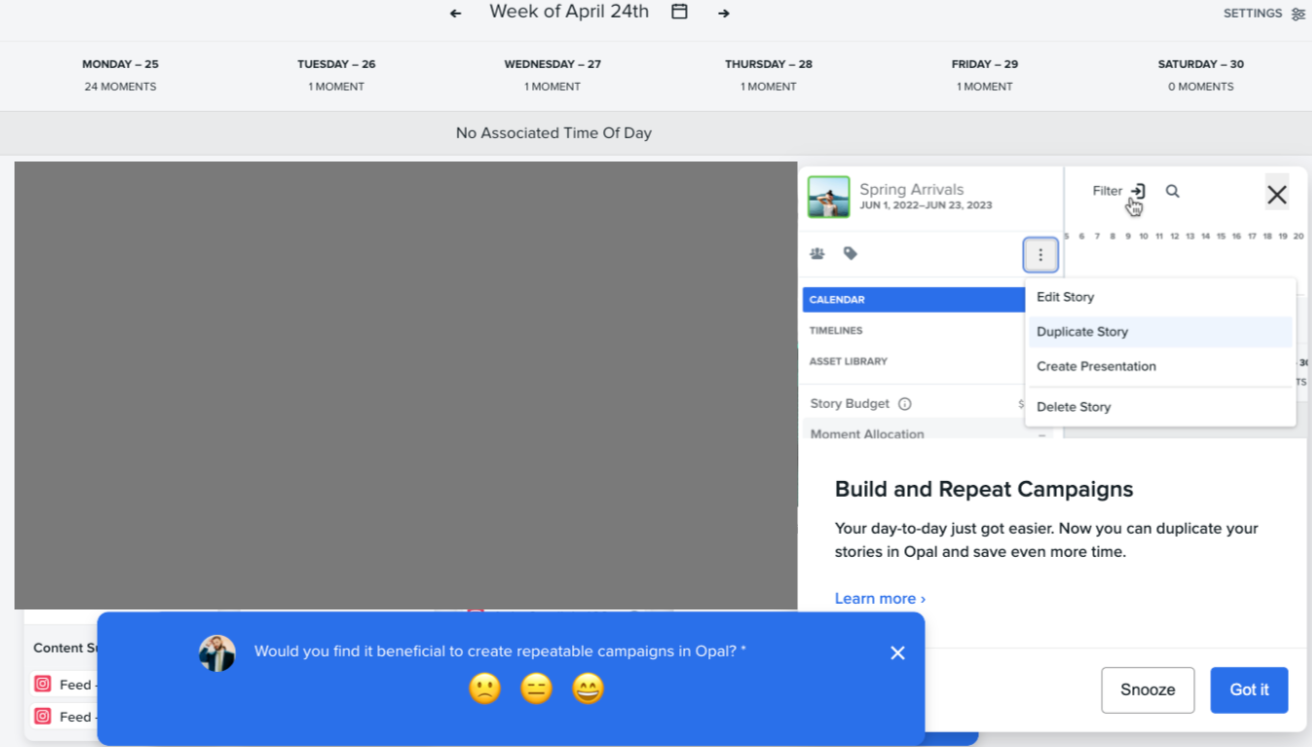Currently my company uses Intercom to message users around new features, re-engagement campaigns, onboarding and more. We've migrated what we can to Series, and we are utilizing the "last contacted" attribute wherever we can. Still a significant number of messages don't make sense as a series because they are one-off sends.
We're still running into issues where users are receiving multiple messages when they log into our product, because there is no intrinsic priority order to the variety of messages that a user would fit the qualifications for, especially if they haven't visited in several days/weeks. So for example, if a user hasn't visited in 3 days, there may be messages from multiple series and one-off messages they would qualify to see upon landing in the product, and they all load near the same time.
Has anyone navigated this challenge before and found a way for all of these outbound methods to play nicely?
Recommendation from Intercom support was to use Series for everything. Our user base is varied and it's not possible to compartmentalize all messaging for each segment neatly in a series, but last contacted seems to miss this scenario so users are getting pummeled when they aren't visiting regularly.
Attached is an example (customer data has been obscured)




